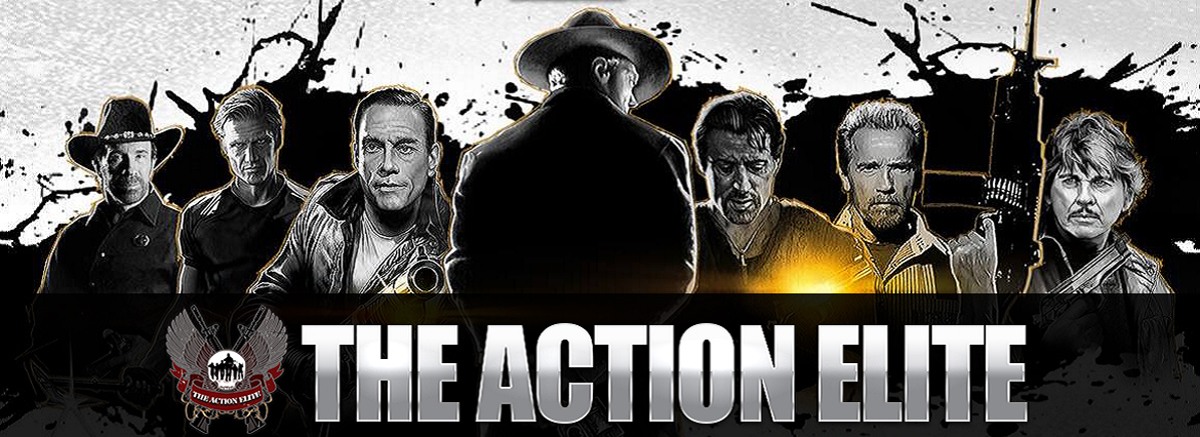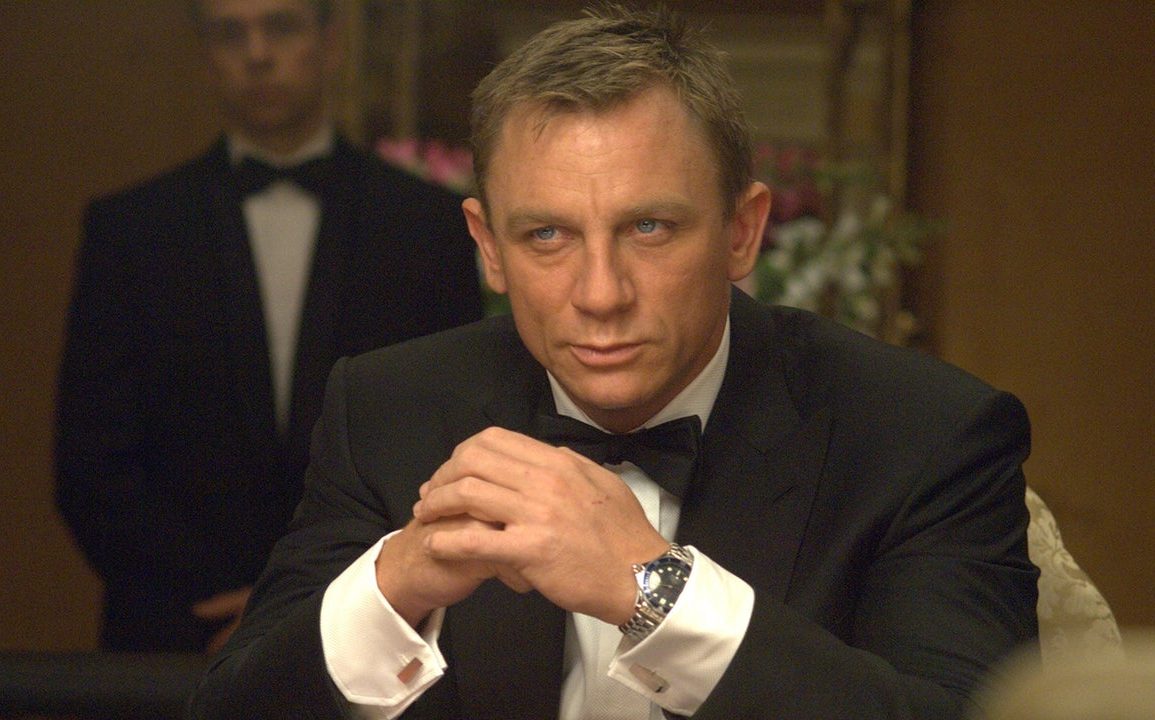Poker movies trade realism for spectacle. The cards are too good, the bluffs are too obvious, and the dialogue is scripted nonsense. Films like Casino Royale push dramatic hands. In a real game, someone catching quads in a key hand might happen once in a session. Hollywood scriptwriters don’t care. They want spectacle.
The same problem plagues the way players talk. Audiences get over-the-top threats and convenient one-liners instead of hearing actual table chatter. The game’s real depth of strategy, probability, and psychological warfare gets buried under forced tension and simplified dynamics.
The Language Hollywood Gets Wrong
Real poker players don’t talk like scripted Hollywood characters. Table banter includes everything from bankroll management and game formats to obscure terminology that never makes it to film scripts. Terms like “cooler” and “runner-runner” are standard. Yet movies omit deeper slang. That’s where lesser-known poker lingo comes in. Phrases like “shoot the angle” or “click it back” define real strategies and deceit.
Hollywood simplifies poker talk. In live games, conversation includes reading bets, spotting tendencies, and testing opponents with subtle wit. The back-and-forth is often strategic, laced with coded language only seasoned players would fully understand. Players might talk about variance, tilt control, or meta-game strategies—all of which rarely get screen time.
Even the rhythm of conversation matters. Players often space out speech or stay deliberately quiet to alter an opponent’s comfort. None of this makes it to the screen.
Missing the Subtext
Hollywood loves to spoon-feed audiences oversimplified poker chatter that strips the game of its subtleties. Movies reduce player exchanges to obvious bluffing bravado or transparent banter. They ignore how real discussions encompass probing psychological warfare and subtle manipulations using phrases like “drawing dead,” “angle shooting,” or referencing “nut hands” casually to send deceptive signals.
Genuine poker conversations thrive below mere spoken words, including reading pauses, detecting inconsistencies, and decoding veiled meanings behind mundane phrasing. Hollywood robs viewers of experiencing authentic exchanges and settles instead for neatly packaged quips and straightforward bravado.
Real Table Talk vs. Hollywood Nonsense
The actual type of conversation in live poker and how movies portray it are different. Nobody sits around making dramatic monologues about fate and luck in real cash games. Instead, players discuss upcoming tournaments, bankroll decisions, and sports betting. Some pros distract opponents with casual talk. Others stay silent. But you won’t hear someone calling out an opponent’s exact hand with theatrical precision.
Hollywood’s mistake isn’t that poker players don’t talk. It’s that their conversations are nothing like the real thing. Exaggeration replaces practical thought. The reality of poker table banter doesn’t fit clean narrative arcs. This is why storytellers cut it out.
In many underground or casino-based games, conversation might also include observations about venue rules, rake structure, or other players’ reputations. This adds another layer to the meta-game and helps sharpen decisions—a nuance completely lost in film.
The Subtle Art of Manipulation
In reality, players use table talk deliberately to mislead and manipulate while carefully staying within casino regulations. Daniel Negreanu famously engages adversaries with calculated verbal maneuvering. He’ll state exaggerated claims regarding past hands or openly ponder his relative strength to confuse opponents. Such exchanges appear innocuous but serve purposefully to misdirect and extract exploitable reactions.
Real players avoid outright sharing and are mindful not to trigger rules against collusion. Hollywood screenplay writers care nothing about such subtle balance and prefer dramatic declarations and open bravado. The true poker conversation operates through calculation, feints, and invisible verbal trickery. Hollywood gives us blunt theatrics.
Physiology, Pauses, and Poker’s Untold Language
Apart from dialogue, real poker considers slight body language heavily. Actual players obsess over microscopic behaviors such as timing delays before betting, frequency of card glances, detailed hand motions, breathlessness, or forced stillness. Experienced players catalog a range of unconscious gestures, physical tics, or nervous habits that signal card strength or weakness.
Filmmakers favor dramatic visual flourishes but largely ignore genuine bodily cues used in professional play. Poker onscreen ignores deeper layers of strategy and the sophisticated analytical logic in poker.
Hollywood relentlessly manufactures clean, tidy exchanges and predictable visual clichés. Cinematic poker delivers packaged melodrama at reality’s expense. It forfeits authentic ambiguity, subtlety, and gritty complexity. Meanwhile, real players thrive amid terse silences, psychological subtleties, statistical comprehension, and cold calculation.
Conclusion: Why Authenticity Matters in Poker Depictions
Hollywood continues to glamorize poker with exaggerated hands, cartoonish behavior, and cinematic dialogue that sacrifices realism for dramatic flair. But the real game is richer, more layered, and driven by nuanced interactions—both verbal and non-verbal. By stripping away the true complexity of poker conversations, Hollywood misses an opportunity to celebrate the game’s strategic depth.
Accurate poker dialogue wouldn’t just appeal to poker fans—it would elevate the storytelling. Subtle manipulation, coded exchanges, and psychological warfare are more compelling than scripted one-liners. Understanding poker’s authentic table talk could also enrich character development and enhance narrative realism.
If filmmakers sought input from real players, consultants, or tournament pros, their scripts would resonate more deeply with audiences who understand the game’s inner workings. Until then, poker enthusiasts must endure flashy edits, unrealistic lines, and an ongoing disconnect between cinematic drama and real-life tension.






